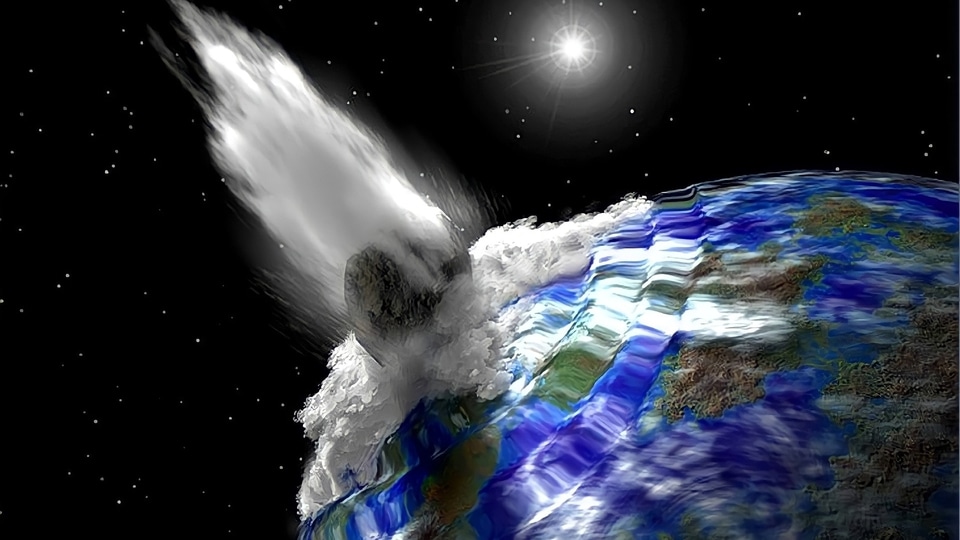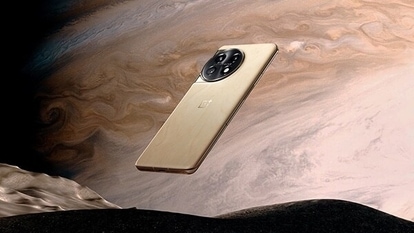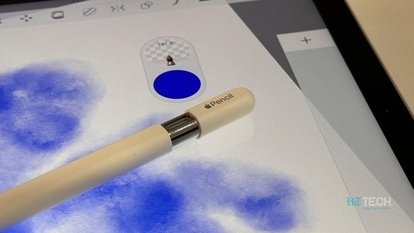What will an asteroid strike on Earth be like? Know the horror! NASA reveals the solution
How dangerous can asteroids be for Earth. NASA reveals the horror.

Space is full of objects like asteroids, comets, stars, planets, meteors, stars, galaxies and more. There are instances when due to the gravitational pull Earth tends to attract certain objects like asteroids and meteors and they do crash onto Earth. However, there is no potential harm caused by these objects until and unless they are large such as the asteroid that killed off all the dinosaurs. Needless to say, Earth needs a defense system in place in order to prevent any kind of mishap. NASA had revealed that the dinosaurs went extinct 65 million years ago as a result of a single asteroid strike or comet impact on Earth, but also shared another possibility.
"Extinction of the dinosaurs may have occurred 65 million years ago as a result of single asteroid or comet impact, but it is also possible they died out as a result of many comet impacts over one to three million years, group of scientists has theorized. Comet showers occurring over period of time may have caused the extinctions, said Dr. Paul Weissman of NASA's Jet Propulsion Laboratory in Pasadena, Calif., one of eight authors of paper recently published in Nature, the British scientific journal," NASA said in a report.
Also Read: NASA: Asteroid Psyche mission set for August launch
Therefore, staying alert and prepared is important as any similar strike will destroy Earth in unfathomable ways and may even lead to extinction of humans. Yes, the potential for horror is massive.
With this aim, NASA launched the Double Asteroid Redirection Test (DART) mission in November 2021. DART is the world's first planetary defense test mission dedicated to investigating and demonstrating one method of asteroid deflection by changing an asteroid's motion in space through kinetic impact.
"DART will show that a spacecraft can autonomously navigate to a target asteroid and intentionally collide with it – a method of deflection called kinetic impact. The test will provide important data to help better prepare for an asteroid that might pose an impact hazard to Earth, should one ever be discovered," NASA said.
LICIACube, a CubeSat riding with DART provided by the Italian Space Agency (ASI), will be released prior to DART's impact to capture images of the impact and the resulting cloud of ejected matter. Roughly four years after DART's impact, ESA's (European Space Agency) Hera project will conduct detailed surveys of both asteroids, with particular focus on the crater left by DART's collision and a precise determination of Dimorphos' mass.
According to a report by techexplorist, the fraction of the asteroid population that has survived since the formation of the solar system has experienced numerous collisions, dynamical, and thermal events that have shaped their structures and orbital properties. Due to the inability to recreate impact conditions in laboratory experiments, the observed regime of low-gravity, low-strength impacts has remained largely unexplored so far. In addition, the very large timescales involved in the crater growth (more than a few hours in the case of DART) have made it impossible to numerically simulate these impact processes up to now.
Also Read: Big setback for NASA CAPSTONE launch to Moon!
Missions like the artificial impact experiment of JAXA's Hayabusa2 on the surface of asteroid Ryugu, have demonstrated that an asteroid could have a very loose internal structure. But, earlier simulations of the DART mission impact assumed a solid interior of its asteroid target Dimorphos.
“This could drastically change the outcome of the collision of DART and Dimorphos, which is scheduled to take place in the coming September, “study lead-author Sabina Raducan from the Institute of Physics and the National Centre of Competence in Research PlanetS points out, as quoted by techexplorist.
The report further informed that in 2024, the European Space Agency (ESA) will send a space probe to Dimorphos as part of the space mission HERA. The aim of the mission is to visually investigate the aftermath of the DART probe impact.
Catch all the Latest Tech News, Mobile News, Laptop News, Gaming news, Wearables News , How To News, also keep up with us on Whatsapp channel,Twitter, Facebook, Google News, and Instagram. For our latest videos, subscribe to our YouTube channel.
































